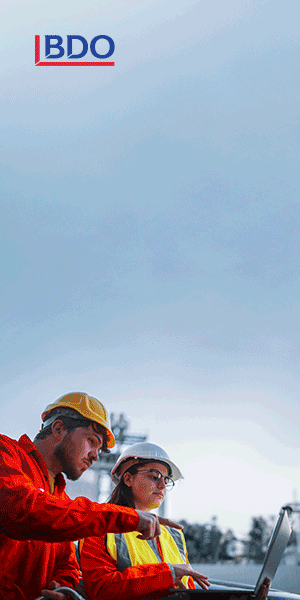Towards 3% R&D – government and business leadership by David Martin

Today our editorial series – Towards 3% R&D – Turbocharging Australia’s Innovation Effort – turns to the critical importance of leadership from governments and business leaders in reversing the innovation slump. By David Martin of Ai Group.
Leaders have the responsibility to shape the future of their firms by identifying opportunities and strategically aligning the business.
They are tasked with inspiring and mobilising teams, ensuring the business remains competitive and relevant in a dynamic market landscape.
This is achieved through the creation of innovative products and services that not only are attractive to customers but also provide shareholders with an appropriate return on investment.
However, in Australia, business innovation has been on a downward trend since 2008, with Business Expenditure on Research and Development (BERD) steadily declining from 1.37% in 2008-09 to 0.92% in 2019-20.
Ai Group’s latest Australian Industry Outlook for 2024 offers valuable insights on this critical issue, as it allows C-suite executives to step back from their daily roles and share their thoughts on the future of their business and industry.
Ai Group’s most recent report reveals a positive sentiment regarding revenue growth and investment in technology and innovation as a cost-saving solution and a route to increased revenue.
Negative factors are the level of uncertainty in economic conditions, input costs, industrial relations, skills and labour shortages and competition. Positives are seen in growth opportunities and in technology and innovation.
Moreover, businesses active in innovation have reported increased revenue, employment levels, staff training, and capital expenditure.
McKinsey’s Three Horizons Model was developed to guide businesses in their investment strategies for innovation. It categorises innovation into three horizons:
- Current Products: Focused on existing offerings and incremental improvements
- Incremental Innovations: Mid-term innovations that build on current products
- And breakthrough Innovations: Long-term, transformative ideas.
In considering the model, and insights from our membership, we find that instead of executing their growth and innovation plans, and looking to horizons 2 and 3, many business leaders are preoccupied with navigating unprecedented levels of red, green, and grey tape, increased input costs, and assessing the suitability of their business models as they attempt to navigate the broader transformational challenges encapsulated in the “Three Ds”: decarbonisation, diversification, and digitalisation.
As a result, executives are posing tough questions about internal research and development programmes, external collaborations, and technology purchases during this period of transformation.
How can we assist business leaders to look beyond the immediate horizon and increase BERD once again?
At a government level, what businesses are seeking is certainty and a plan. The Australian Government’s proposal to introduce a Future Made in Australia Act represents the first signs of a comprehensive industry and innovation policy since the 1980s.
Furthermore, the Prime Minister’s commitment to better coordination of government action is another positive step.
Currently, we are witnessing a bewildering disarray of policies, programmes, and regulations pulling industry in multiple directions at both federal and state levels.
@AuManufacturing is publishing contributions from readers for our series – Towards 3% R&D – turbocharging our national innovation effort – over a, month and in an e-Book, and we urge you to contribute. Call Peter Roberts, 0419 140679 or write to [email protected].
Recently announced grant funding has focused on the formation of new industries.
We strongly advocate for a parallel transition programme that supports existing industries, (SME’s in particular), to more effectively embrace business model transformation, technology, and operating models that foster a culture of innovation, experimentation, and the ability to pivot based on market insights.
In line with Innovation Science Australia’s Barriers to Commercialisation report, we strongly endorse the decoupling of the requirement for industry to engage with publicly funded research organisations to be eligible for government innovation support programmes.
Instead, industry should partner with any organisation that can expedite the progression of their products to market if they so choose.
Finally, while R&D is crucial for first-to-market innovations, one of industry’s most important parts in the innovation jigsaw puzzle lays in its ability to effectively commercialise IP by providing the necessary infrastructure, resources, and market access, resulting in job creation, increased competitiveness, productivity, and economic growth.
We would like to see government and research sectors lean into this experience in the early development of policy, programmes, regulation, research and development rather than at the conclusion.
David is Ai Group’s Director of Emerging Industries and Innovation. David has been part of Australia’s Innovation Ecosystem for over fifteen years and has worked at the executive level across multiple industries including large and small organisations to facilitate innovative solutions to complex and wicked problems. David has maximised opportunities for Australian industry in $88 billion dollars of major projects and delivered financial assistance of over $22 million dollars to innovative SME’s.
This series is brought to you through the support of our principal sponsor, public accounting, tax, consulting and business advisory BDO, and R&D tax incentive consultancy Michael Johnson Associates.
Picture: David Martin
@aumanufacturing Sections
Analysis and Commentary Awards Defence Manufacturing News Podcast Technology Videos











